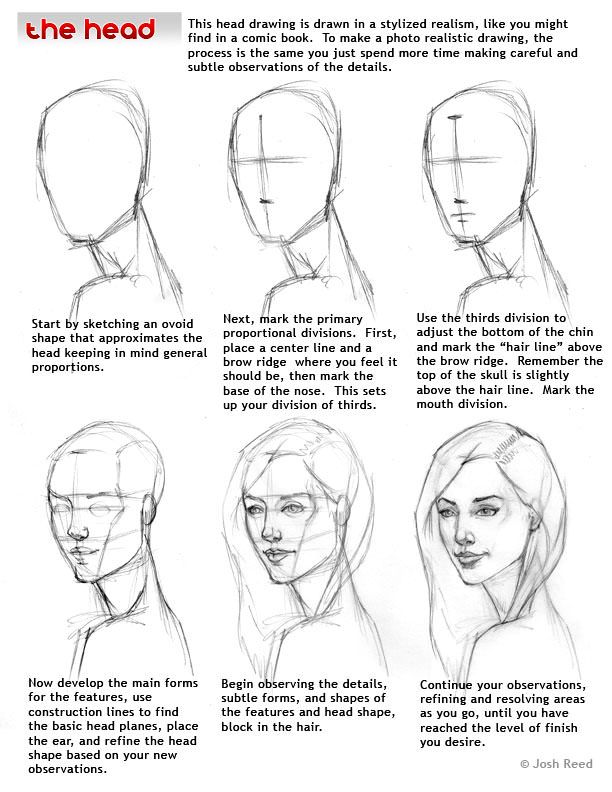Skip to content
Blackboard…
Unless you've been vacationing off-planet recently, you've probably heard of the university's Attendance Initiative. You have been presented with 2 options for reporting attendance. Manually enter attendance results in Banner's…
Best Practice…
Jacob Spradlin - [email protected] Assistant Director & Blackboard Certified Trainer SHSU Online/DELTA Center It is hard to believe that the Fall 2014 semester is upon us. Where did the summer…
Best Practice…
It can be challenging to get students to participate in their own learning, even in face-to-face courses. Online courses can add their own sets of obstacles to getting "all hands…
Best Practice…
Your SHSU Online team will be Live Blogging from Blackboard World in Las Vegas from July 7 – July 12. Members of the SHSU Online team will be posting about…
Blackboard…
Yes, that's right, now you can receive help from 7am - midnight Monday - Saturday* by contacting our Technical Team at the SHSU Online Help Desk. Our team has added…
Best Practice…
Do you ever wonder what a student feels like when they first visit a Blackboard course? Are they overwhelmed? Do they know what to do, where to go or who…
Academic Honesty…
One of the best communication tools used in online, hybrid and face-to-face courses is the discussion forum. The benefits of forum use are widely published in academic circles. Some examples…
The benefits of forum use are widely published in academic circles. Some examples…
Best Practice
Engagement in online courses is key for student success, teacher evaluation and the overall course experience. A great way to promote student engagement in your online course is to work…
Faculty Spotlight
Associate Professor and Director of Graduate Studies for Family and Consumer Sciences, Dr. Paula Tripp compares traditional face-to-face teaching with online teaching.
Academic Honesty…
The folks at Turnitin have put together a great way to learn how to use the Grademark tool to Grade papers online.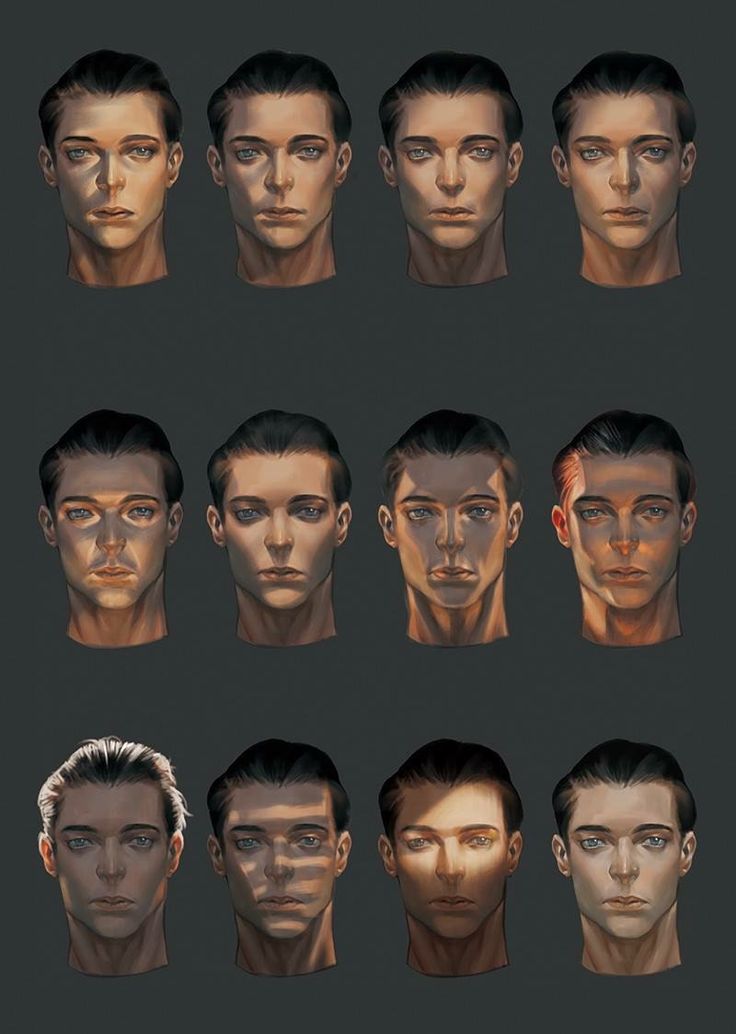 Once in the GradeMark Interactive Tutorial, simply read…
Once in the GradeMark Interactive Tutorial, simply read…
supported by
theprofessorsg
kenokamoto
Alex Belluscio
Sample Samurai
Radu Mirica
do all
ZAKDS_Fan
Oktavio PD
anaid
santiago80
spari
declan12
David
jblcrx
garethstirling
joseunknown
calltrack
conorrgibbsdjj
joelarke
zefu
happymealfour
lorelymurillo7
Marko Prsa
tamm
jakescusack
crucduc
mrkisa
ivanoliver
Valsum
davidmolinar
Ryun Bibro
funkytino
Albert Jan Piepenbroek
chris_kater
beuteldrache
laurensklein
9-am
kev_scan0
Sam Howard
Paul T (ire)
siloz
Contact Julien Earle
Streaming and
Download help
Report this album or account
If you like Julien Earle, you may also like:
Bandcamp Daily your guide to the world of Bandcamp
On Bandcamp Radio
Guests include the tropical duo of Ireke and the adventurous electronic musician Marijus Aleksa
listen now
3 068 ₽
+ up to 460 points
Bonus program
The total amount of bonuses may differ from the indicated one if discounts are applied to the order.
Buy
The price on the site may differ from the price in the chain stores. The appearance of the book may differ from the image on site.
Available 3 pcs
Not available in stores
3
The price on the site may differ from the price in the chain stores. The appearance of the book may differ from the image on site.
Modern technologies and technical means of informatization are covered; the conditions and directions of their development are determined; there is an evolution from office equipment for working with paper documents (compilation, transportation, processing and reproduction) to devices that provide work with electronic documents. The technical means of a personal computer, its peripheral devices are considered as the main modern tools for working with information; multimedia means and systems of administrative and managerial communication. .Designed for students of technical specialties of the higher education system and specialists in the field of information technology.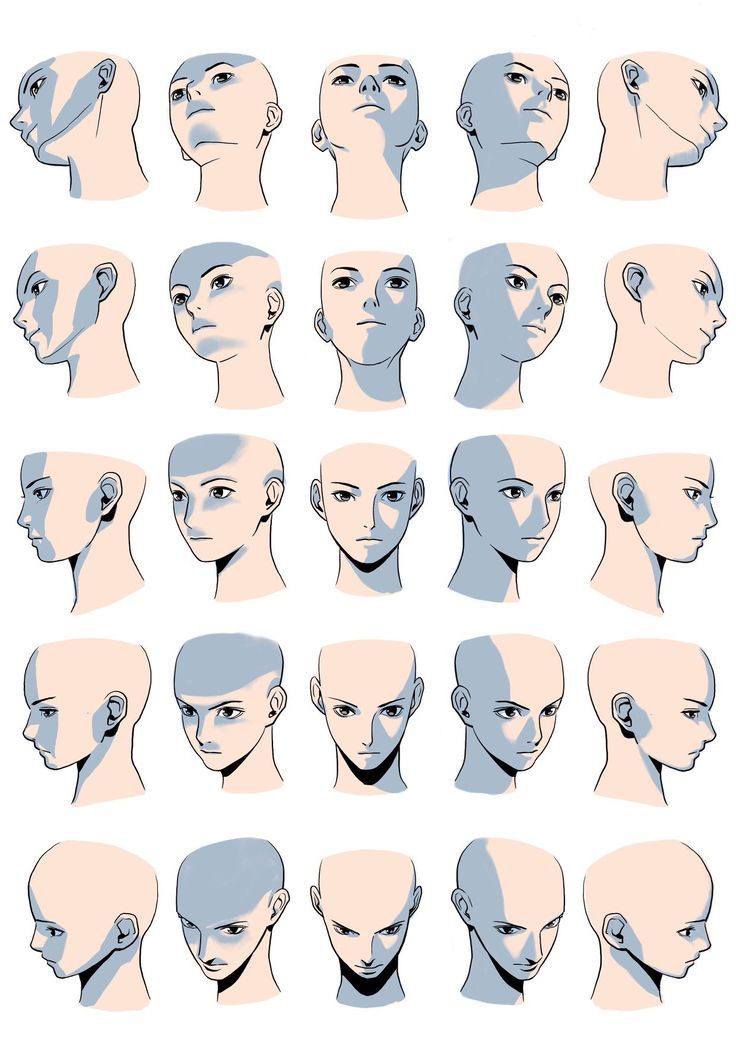
Description
Characteristics
Highlights modern technologies and technical means of informatization; the conditions and directions of their development are determined; there is an evolution from office equipment for working with paper documents (compilation, transportation, processing and reproduction) to devices that provide work with electronic documents. The technical means of a personal computer, its peripheral devices are considered as the main modern tools for working with information; multimedia means and systems of administrative and managerial communication. .Designed for students of technical specialties of the higher education system and specialists in the field of information technology.
Infra-M
There are no reviews for this product yet
Share your opinion before everyone else
How to get bonuses for reviewing this product
1
Make an order in the online store
2
Write a detailed review of 300 characters only for what you bought
3
Wait for the review to be posted.
If he is among the top ten, you will receive 30 Favorite Shopper Card bonuses. Can write unlimited number of reviews for different purchases - we will add bonuses for each one published in top ten.
Bonus Rules
If he is among the top ten, you will receive 30 Favorite Shopper Card bonuses. Can write unlimited number of reviews for different purchases - we will add bonuses for each one published in top ten.
Bonus Rules
The book "Modern Technologies and Technical Means of Informatization: Textbook" is available in the online store "Chitay-gorod" at an attractive price. If you are in Moscow, St. Petersburg, Nizhny Novgorod, Kazan, Yekaterinburg, Rostov-on-Don or any another region of Russia, you can place an order for a book Oleg Shishov "Modern technologies and technical means of informatization: Textbook" and choose a convenient way to receive it: pickup, delivery by courier or sending mail.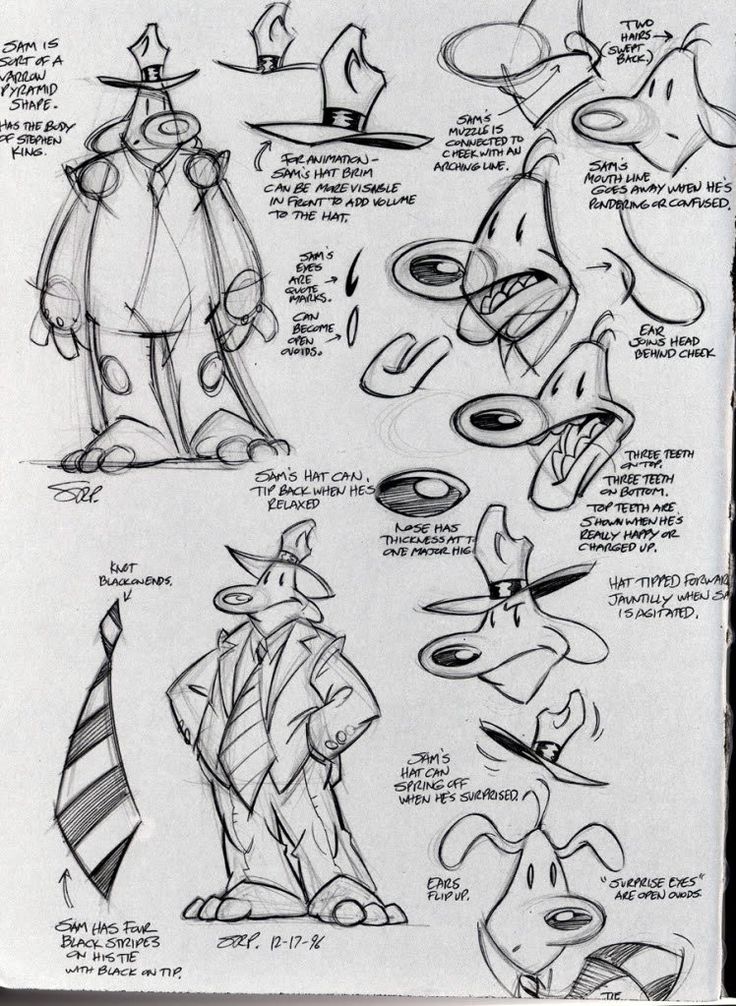 To make buying books even more pleasant for you, we regularly hold promotions and contests.
To make buying books even more pleasant for you, we regularly hold promotions and contests.
10 194 views
If developers answer the question “how?” when writing code, then architects try to understand “why?”. Even experienced technical specialists often do not delve into business processes. Developers solve problems, but do not ask themselves what leads to certain solutions.
I have worked at Volvo, ABAX, Intel and now I am a practicing trainer at Luxoft Training. Today I have prepared nine major books that will help both current information systems architects and developers who want to understand the business.
Design It! From programmer to software architect
Michael Keeling
It is no coincidence that Keeling's book is first on the list. In my opinion, it perfectly shows everything that an information systems architect does. The author gives a structured answer on how to work with architecture.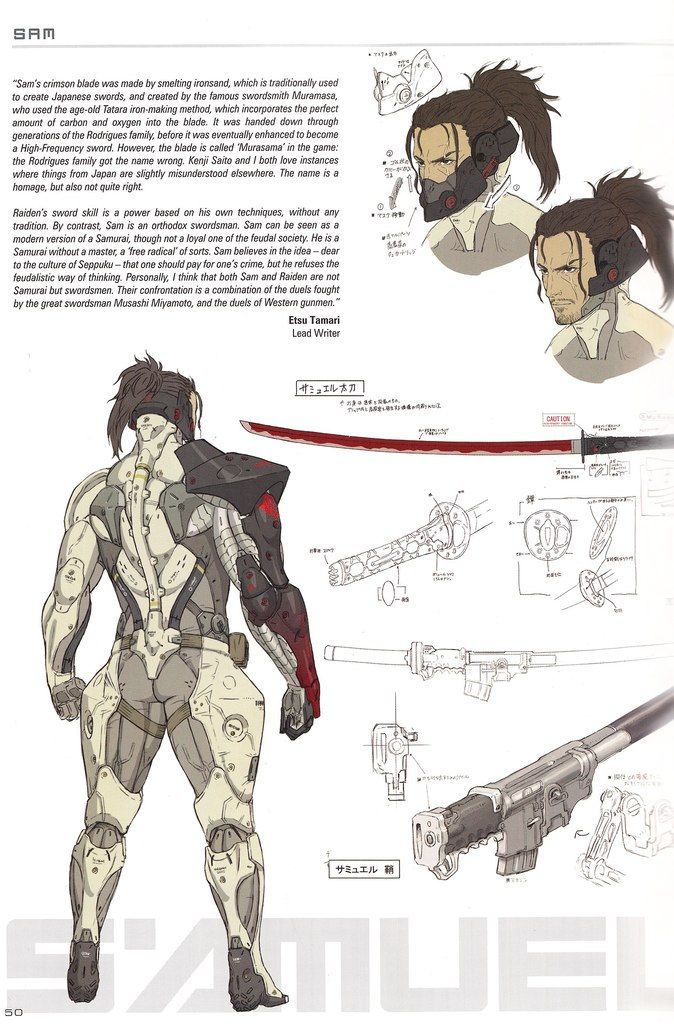 Keynote - before starting development, understand what the business wants. It is important to endlessly ask the question “why” in order to understand what the customer wants.
Keynote - before starting development, understand what the business wants. It is important to endlessly ask the question “why” in order to understand what the customer wants.
At the beginning of the book, the author introduces the profession, and then he analyzes how to develop solutions, what options exist. The next step is to evaluate what has been done. Does the designed architecture really solve the business problems properly? Only at the end is the question of how to proceed to the implementation itself.
Keeling talks about basic tools, but I wouldn't say the book is for beginners only. The very fact of creating architecture should not be chaotic. Design It! will help you find a structured approach to solving problems using tools. After reading, you will be able to delve into the combinations yourself and understand how to move from functional requirements to solutions.
Release It!. Design and Deploy production-ready software - Second Edition
Michael T.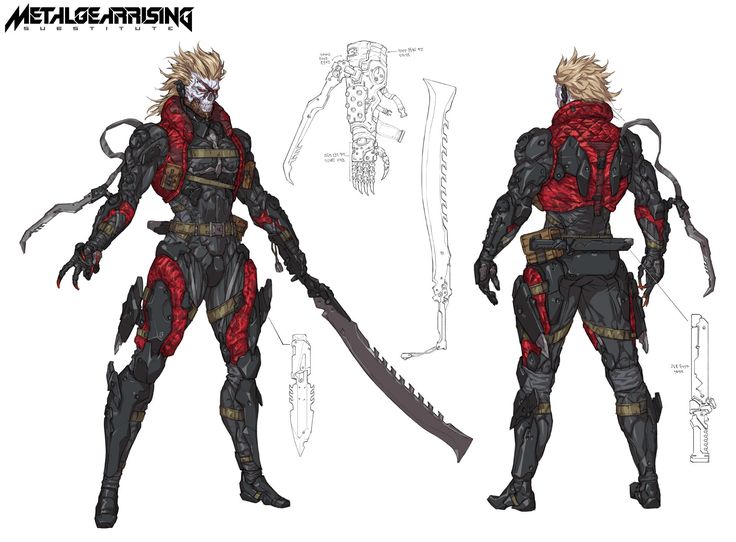 Nygard
Nygard
Although it is no longer Keeling, I consider Nygard's book a logical continuation of Design It!. Once the author worked as a developer and did not think about production, solving problems using code. After changing his specialty to a support manager, Nygard radically changed his attitude to work processes. The book describes ideas and implementations, patterns and examples. The main idea of Release It! is that integration points are the killers of every system, which sooner or later will lead to problems in the life of applications. Nygaard describes how to approach the implementation of a stable product.
It is important to read the second edition of the book, as the first was written 11 years ago. Since then, most of the chapters have been rewritten and supplemented. The architecture is constantly updated with new patterns and anti-patterns that affect the stability of the application being developed.
Software Architecture in Practice - Fourth Edition
Len Bass, Paul Clements, Rick Kazman
If the previous books gave a general idea of the work of an information systems architect, then the following ones are already immersed in the details of the decision-making process, that is, practice. The book by Bass, Clements and Kazman is mainly focused on how to build architecture as an orderly process. The authors focus on the most difficult part - the transition from functional requirements to implementation with an analysis of specific techniques.
The book by Bass, Clements and Kazman is mainly focused on how to build architecture as an orderly process. The authors focus on the most difficult part - the transition from functional requirements to implementation with an analysis of specific techniques.
The authors of Software Architecture in Practice consider many tactics and high-level patterns for implementing them. The most interesting part of the book is the analysis of quality attributes. Readers are offered various concepts, explain the principles of working with virtualization, mobile systems, consider scalability issues. At the end of each chapter, the authors have left questions for discussion that you can use for yourself or the team. It is important that the textbook presents methods for evaluating architecture for specific business tasks.
This book has been heavily revised from previous editions. The information has been supplemented, refreshed and eight new chapters have appeared. For example, in the fourth edition, the authors are paying more attention to the new quality attributes Energy efficiency, Safety and Usability.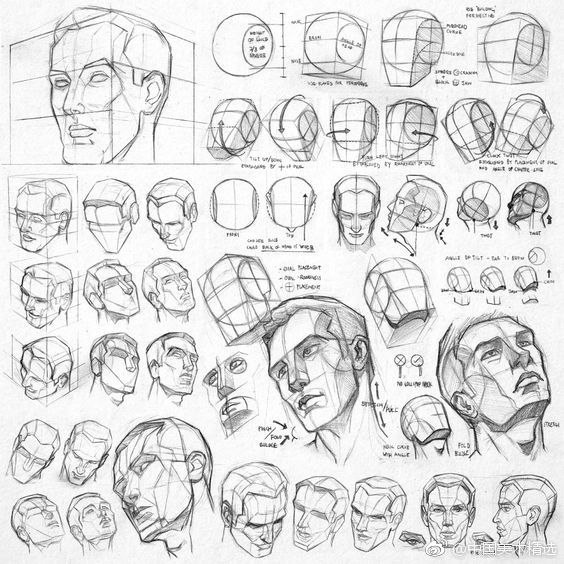
Designing Data-Intensive Applications: The Big Ideas Behind Reliable, Scalable, and Maintainable Systems
Martin Kleppmann
Kleppman's work has become the desktop bible of many developers and architects. The book has absorbed all the main ideas, algorithms and approaches to working with data. Who is behind the data, what are consensus algorithms, what are the levels of consistency - important issues are dealt with globally and with references. After reading the book, you will understand that the work of an architect is not drawing diagrams, but making difficult decisions and compromises. The ideas described in Designing Data-Intensive Applications will allow you to correctly assess what this or that product is capable of and approach the choice of implementation more responsibly.
The book was published in 1917, but the electronic version is constantly updated. I recommend Kleppmann's work to anyone who is in any way connected with the development of distributed systems.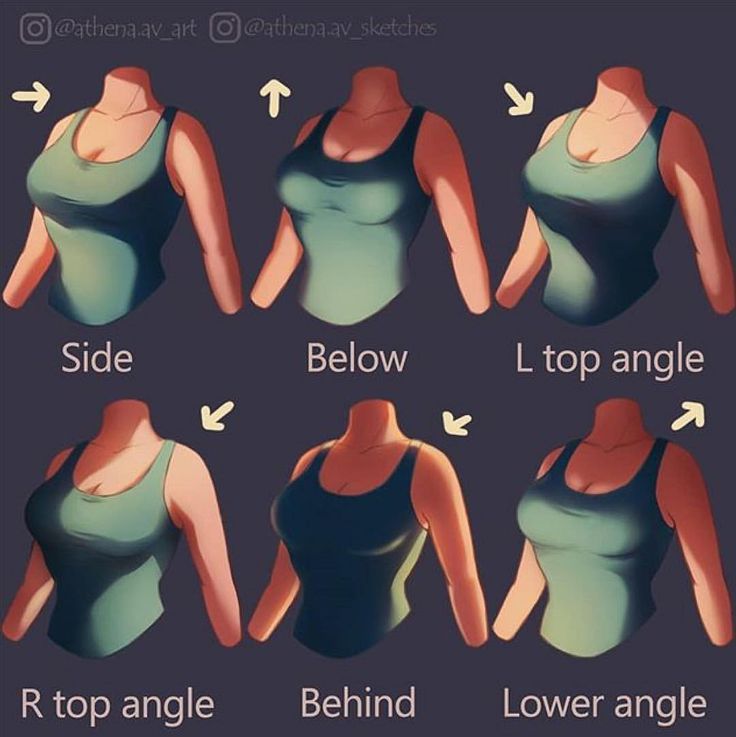 If Design it asks “why” questions, then this book will help you understand “how”.
If Design it asks “why” questions, then this book will help you understand “how”.
37 Things One Architect Knows About IT Transformation. A Chief Architect's Journey
Gregor Hohpe
Hop's book is higher level and more likely to be useful to those who are already working as an architect. However, those who are interested in what happens at the level of enterprise and solution architecture will also be useful to developers. I recommend using the electronic version, since the book has been regularly updated online since 2015.
Hop promotes the role of the architect as a link in the company. As elevator operators, we bring information from the upper floors, where the directors sit, to the lower floors, the infrastructure teams. After reading the book, you will be better able to understand what the business is working on and offer new approaches to solving problems. You will learn to ask questions that will puzzle directors - “do they really want what they declare?”.
Hop considers issues of architecture and communication, evaluates what skills and qualities a specialist should have. The ideas in A Chief Architect's Journey make you think about how things work in your company. When I worked at Volvo, I gave the book to colleagues from other organizations to read. The architectural committee noted its usefulness, but more importantly, over time, there have been positive changes or trends in the companies.
Enterprise Integration Patterns, website and part two.
Gregor Hohpe and Bobby Woolf
The integration stage is often painful in large companies. Communication protocols change, affect other systems, there is a lot of negotiation. Hochpe and Wulff raise questions about the operation of the system within the same organization. The authors consider patterns for the interaction of teams with each other.
The book is already outdated, so it is better to focus on the site and the templates provided on the net.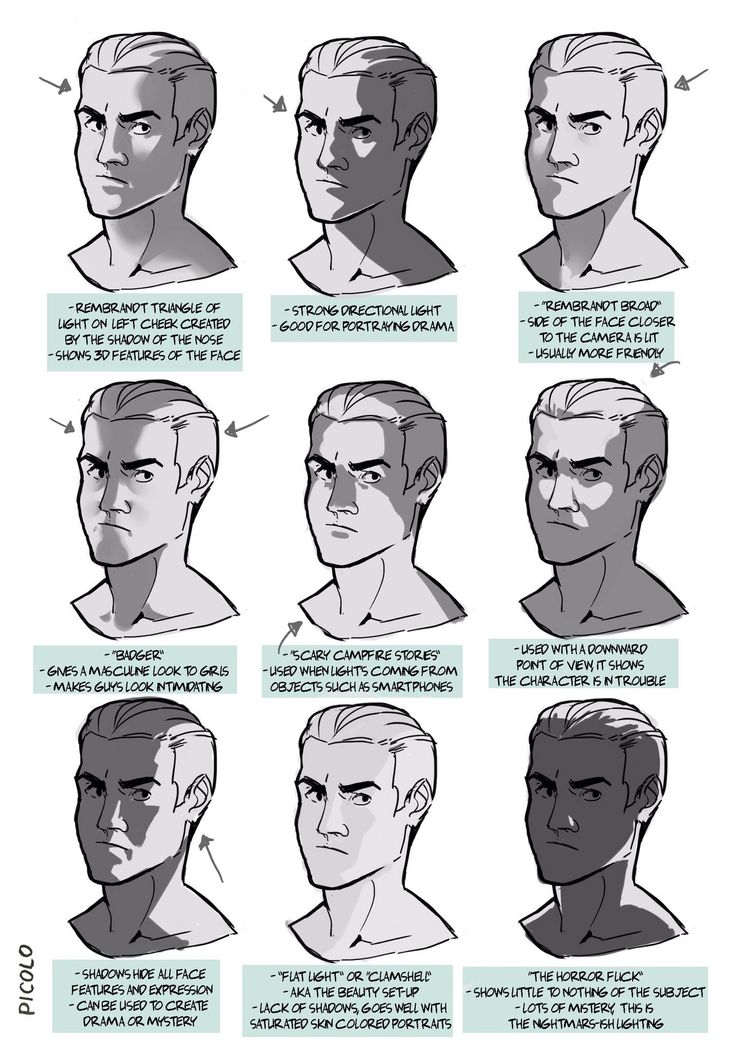 Now there are new systems and communication takes place in a more independent way.
Now there are new systems and communication takes place in a more independent way.
Analysis Patterns. Reusable Object Models
Martin Fowler
Analytic templates are one of the most important topics in the work of an information systems architect. In fact, you have to build a metamodel of the architecture of those structures that will be used by the business to describe the domain. Fowler's book was written in 96, but the information in it remains relevant today. The author considers decision patterns from several areas - medicine, banking and others. Analysis Patterns will expand the view of how an architecture is built, and how to express the operation of an entire enterprise system in several elements.
I advise architects with previous experience to read. The book is heavily written and I had to read it twice to really understand it. Only the second time I managed to compare the above knowledge with my own practice.
Learning Domain-Driven Design
Vlad Khononov
Khononov simply and clearly explained the idea of domain-driven design in his book.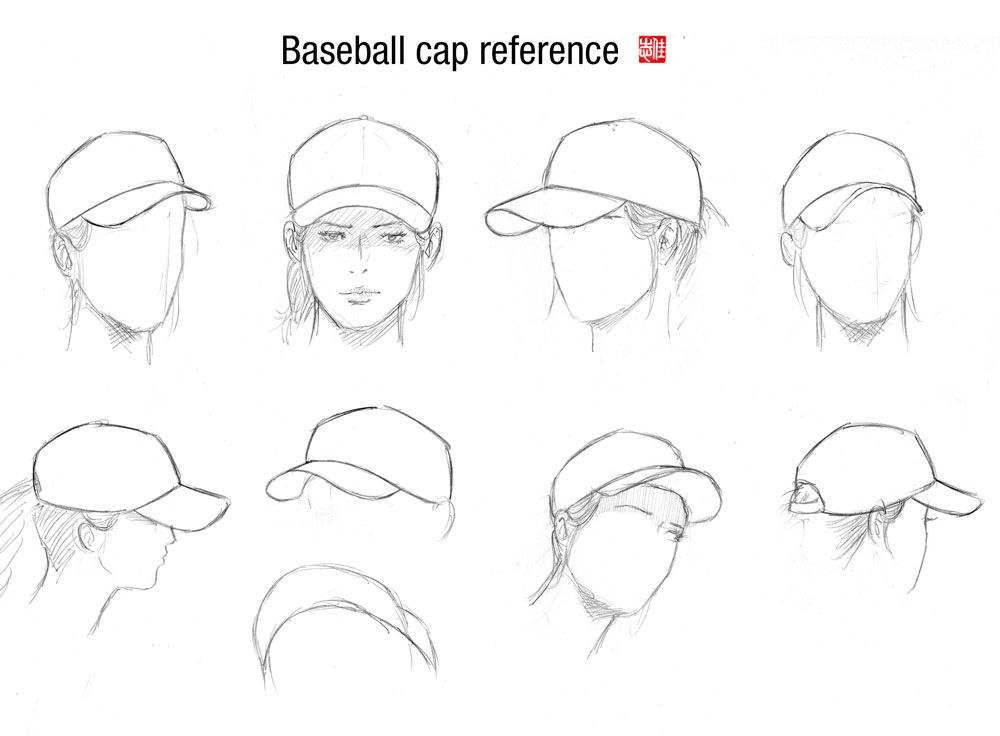 The author explains the separation of the strategic from the tactical context and shows what happens at each stage. The book demonstrates approaches to working with domains, monoliths, the use of key building blocks, an event system, and more.
The author explains the separation of the strategic from the tactical context and shows what happens at each stage. The book demonstrates approaches to working with domains, monoliths, the use of key building blocks, an event system, and more.
The author describes a lot of practical advice of an empirical nature, that is, what should be followed in most cases. Just such advice is missing in many books.
Project Phoenix and Project Unicorn
Gene Kim, Kevin Behr, George Spafford
At the end of the list, books are more entertaining than informative. However, you can learn something useful from Project Phoenix and Project Unicorn by discovering with horror the parallels with your organization. The authors use fictional DevOps teams and developers to describe the process of working on a product. This is an interesting read that makes you think about organizing in your own company. Attentive readers will find hints here that fall out of the focus of attention of the architect and developer.